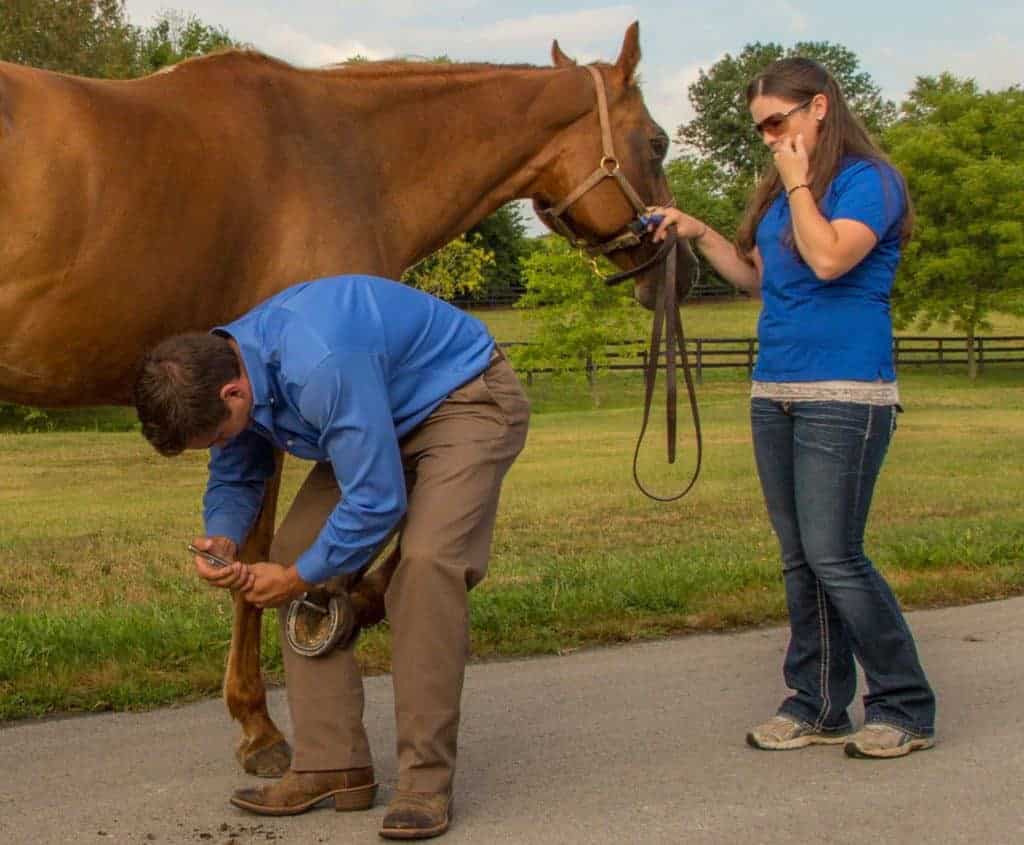
A Shorter RLP Application Time Is Still Effective
A 15-minute tourniquet application was sufficient to achieve peak synovial amicacin concentrations in the coffin joint.

A 15-minute tourniquet application was sufficient to achieve peak synovial amicacin concentrations in the coffin joint.

Learn about keeping OTTBs healthy and happy as they move into new disciplines. We’ll cover feeding, vet care, handling, and more!

Drs. Torri Maxwell and Duncan Peters offer insight into the role pharmaceuticals can play in managing navicular pain.

Find reports and forms on horse identification, scratches, supplements, harmonious housing, senior horses, and more.

Dr. Torri Maxwell explains how the soft-tissue structures play a role in navicular-related lameness.

Dr. Duncan Peters talks about lameness and behaviors that could indicate a horse is experiencing navicular issues.

Learn about diagnosis and management of navicular horses.

This recurrent limb infection and swelling is challenging to treat. Here’s what you need to know.

A poorly applied bandage can cause as many problems as a well-applied wrap can prevent. Remember the following.

What might cause a horse to scratch or drag a leg while he’s lying down?

Of the 755 respondents, 209 (28%) said foot-related lameness is their biggest equine lameness concern.

Of the 420 respondents, 349 people (83%) said they have rehabilitated an injured horse.

Learn about the signs, diagnosis, and management of repetitive stress-related fetlock injuries in racehorses.

Of the 359 respondents, 101 (28%) said their hoof care professionals use radiographs to make trimming/shoeing decisions.

Researchers focused on the effect of collected and lengthened paces in young and mature dressage horses.

Vets can use MRI to help diagnose injuries, select treatments, monitor healing progress, and determine prognosis.
Stay on top of the most recent Horse Health news with
"*" indicates required fields